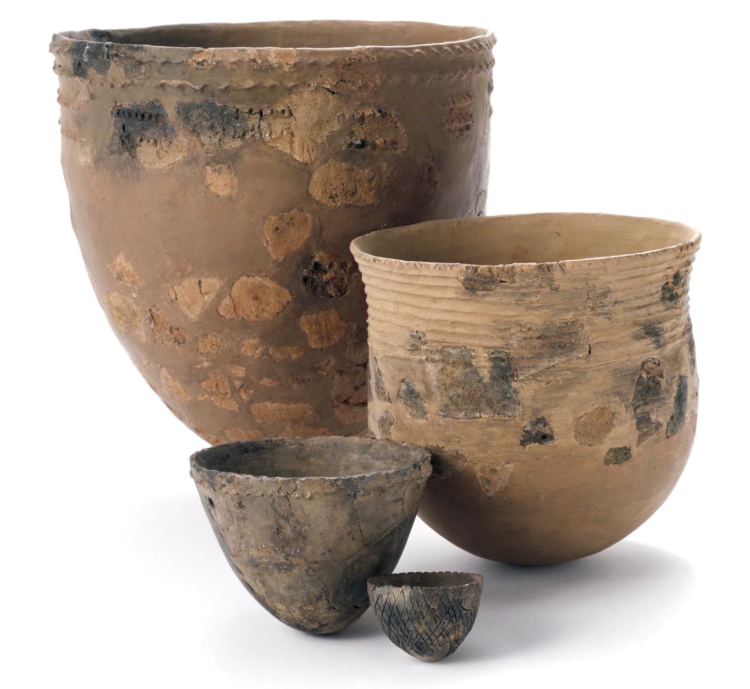Photo courtesy Cosmos Magazine
They say necessity is the mother of invention. In ancient Japan, it seems that pottery essentially came to be thanks to the need to store fish. Fishing made pottery necessary.
Who knew?
According to Cosmos Magazine, the initial assumption was that pottery came into being some 20,000 years ago because a warming climate (the Pleistocene epoch, the last “ice age” earth has experienced, was at its end, and the planet was warming) made storing plant and animal food sources vital for survival. Upon testing that theory, however, scientists were surprised. They tested some 800 ancient pots from 46 sites throughout Japan—both inland and coastal. In every single instance, it was found that the pots were used primarily to store seafood, and the vast majority used to store salmon.
Earth’s humans have long depended on fish as a vital source of protein. Even today, indigenous populations in Alaska still subsist largely on salmon. Storing fish has changed dramatically, however, with advent of drying, smoking and canning. But, it seems, ancient Japanese fishermen “invented” pottery to keep their fish cooler longer. And this continued thousands of years into the future—as the earth warmed even more, pottery remained the preferred storage method for processed fish.
Next time you pick up a vase or put clay on the wheel to throw your next masterpiece, remember that you’re holding in your hands the first rendition of the modern-day cooler.
And how cool is that?
— Chris Hunt



